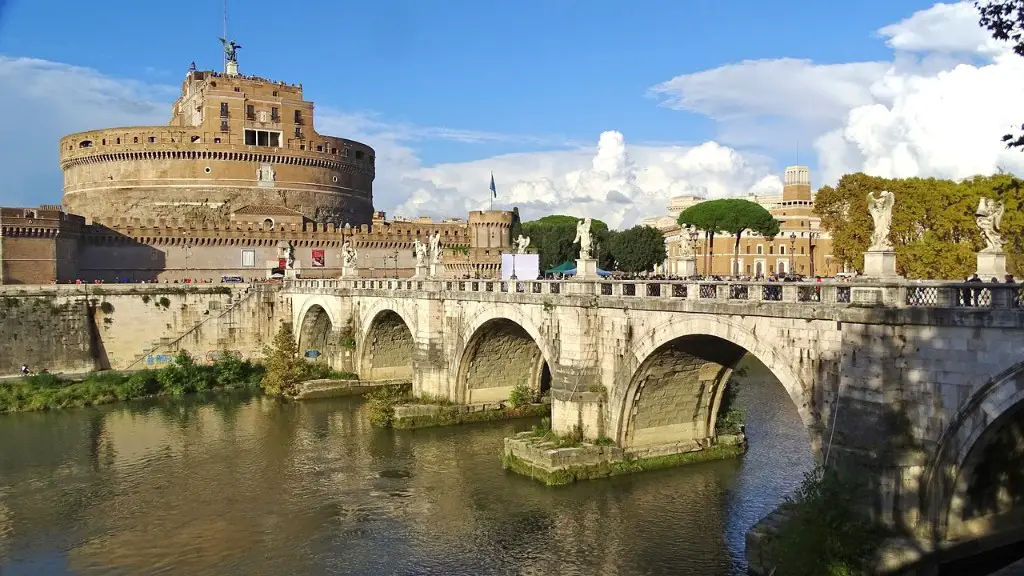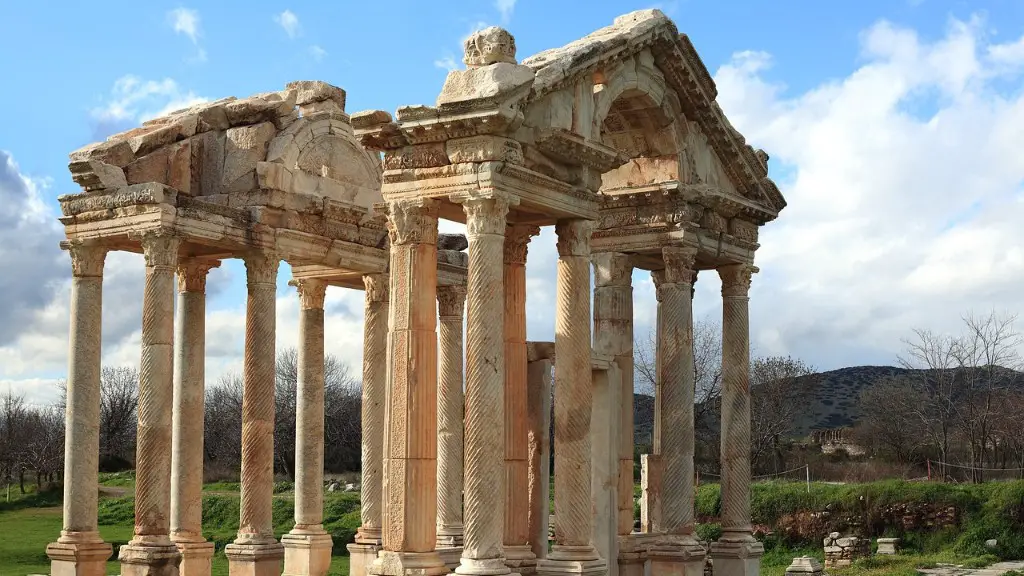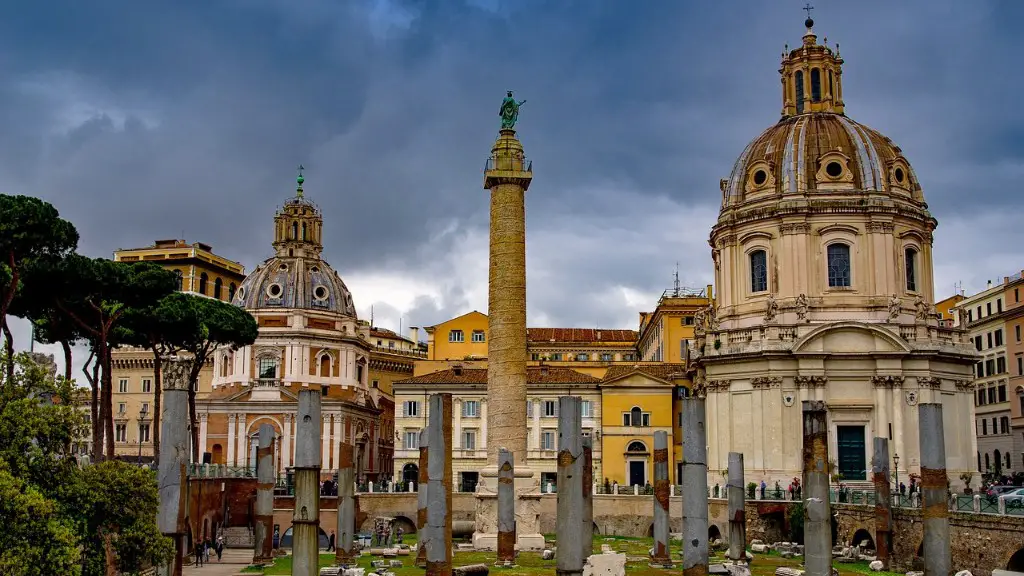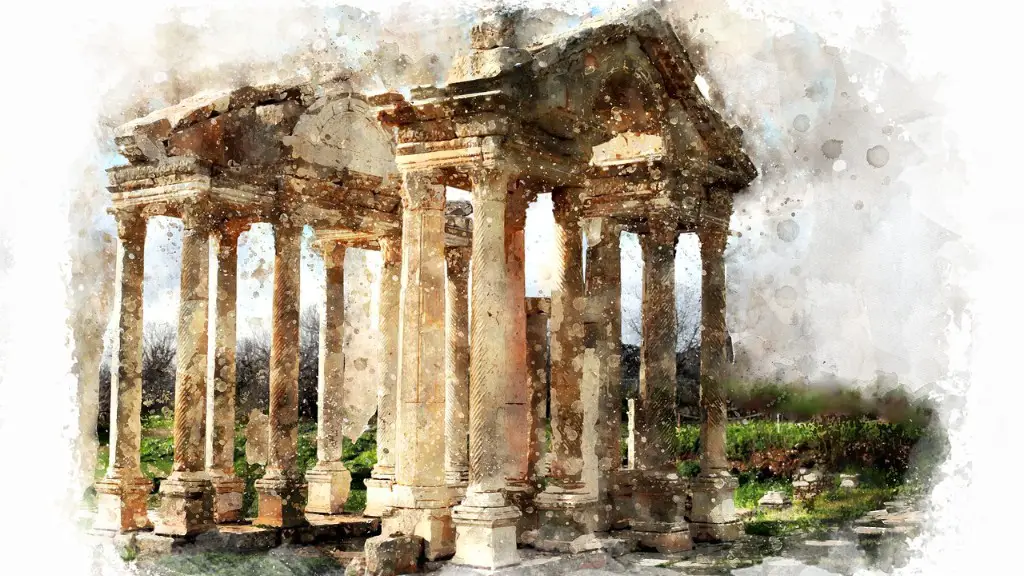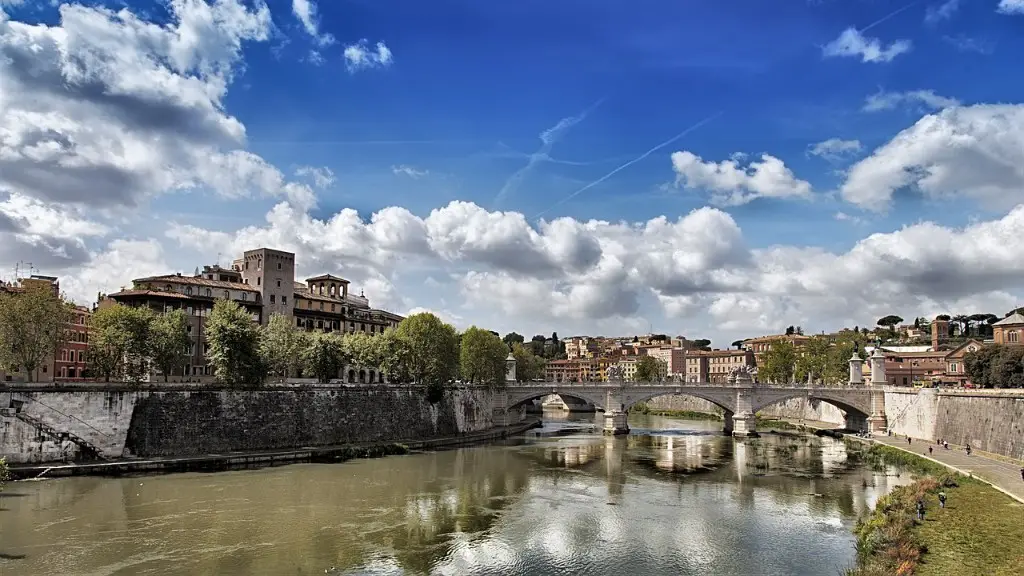Fertile soil helped ancient Rome to become one of the most powerful empires in the world. The Roman Republic was founded in 509 BC, and by 275 BC, it had grown to include most of Italy south of the Po River. Roman farmers were able to produce large quantities of wheat, barley, and other crops on the rich, volcanic soil of the Italian peninsula. This abundance allowed the Romans to feed their rapidly growing population and to export surplus grain to other parts of the Mediterranean. The profits from grain sales helped to finance Rome’s military campaigns, which led to the conquest of new territories. In this way, the fertility of Roman soil played an important role in the rise of the Roman Empire.
Fertile soil helped ancient Rome by providing the land with the nutrients it needed to support crops. Roman farmers used a variety of techniques to improve the fertility of their soil, including adding organic matter, using crop rotation, and irrigation. The Roman government also enacted a number of policies to encourage farmers to maintain the fertility of their soil, such as laws prohibiting the sale of farmland and the practice of leaving fallow fields.
How did fertile land help Rome?
The fertile soil of the Po and Tiber River Valleys allowed the Romans to grow a diverse selection of crops. This allowed the empire to have a food surplus to feed its population and trade with other societies. The empire also used the resulting wealth to expand its military strength.
Agrarian stability was a vital part of the ancient Roman economy. Roman farmers were responsible for food production; staples, crops, and livestock were all maintained through the agricultural sector. The stability of this sector was essential to the stability of the Roman economy as a whole.
How did farming change in ancient Rome
The Romans were able to improve crop growth by irrigation through the use of aqueducts. This allowed them to transport water to areas where it was needed most. In addition, the use of mechanical devices such as mills helped to increase the efficiency of agriculture and food production.
The mild climate in Rome enabled farmers to grow wheat, grapes, and olives. This abundance of food supported the people and allowed Rome to prosper. While the climate made year-long agriculture possible, Rome also had the advantage of being near water. The Tiber River helped the agricultural system to prosper.
Did ancient Rome have fertile soil?
The area where ancient Rome was built began attracting settlers early on because its fertile land and mild climate were perfect for growing crops. The size of the farms in ancient Rome depended on who owned them. Large estates were owned by the wealthy, while small farms were owned by the poor. Ancient Rome was known for its great food and wine, and its agricultural production played a big role in this.
The Roman army was highly trained and disciplined, and was known for being the best army in the world. This allowed Rome to expand its control over 3 separate continents. The military was thus a key reason for Rome’s success.
Was ancient Rome good for farming?
Roman agriculture was technically simple, average yields were low, transport was difficult and costly, and storage was inefficient. This limited urbanization (and hence ‘industrialization’) and obliged the bulk of the population to live and work on the land.
Ancient Rome was located near the Mediterranean Sea which is a natural resource. Because the soil was very rocky, they farmed on hillsides and made terraces. This made it possible for them to have a steady supply of food.
Was agriculture the most important part of the Roman economy
Ancient Rome was an agrarian-based economy whose main concern was feeding the vast number of citizens and legionaries who populated the Mediterranean region. Agriculture and trade dominated Roman economic fortunes, only supplemented by small-scale industrial production. This helped Rome to become one of the most powerful empires of its time.
The three most important agricultural products traded in the Roman world were grain, wine and olive oil. These products were traded because of their ubiquity around the Mediterranean. The plants which produced them were known as the ‘Mediterranean triad’. Their farming was known as ‘polyculture’.
How did Rome begin to grow and become successful?
Rome became one of the largest empires in history by extending citizenship to many of the people it conquered. The military expansion of Rome drove economic development, bringing enslaved people and loot back to Rome. This in turn transformed the city of Rome and Roman culture.
The Roman Empire was home to a variety of crops, including grapes, olives, figs, pears, apples, peaches, cherries, plums and walnuts. The Romans were particularly adept at grafting apple trees and spreading apple cultivation throughout their empire. Grain was grown on vast North African estates, which were nourished with irrigated water from small dammed reservoirs and worked by slaves.
What were the advantages of Rome having rich volcanic soil
The Po and Tiber River valleys in Italy are rich in volcanic soil, which makes them ideal for agriculture. The volcanic ash from nearby mountains has made the soil near Rome some of the best in all of Europe, and new settlers have arrived in the area due to Rome’s agricultural potential. The Roman population has grown quickly as a result of the overproduction of grains, olives, and other cash crops.
Farming in the Mediterranean climate was ideal for growing crops and Rome quickly became a great power in Europe because of this. The climate was perfect for agriculture and the soil was light and crumbly, making it easy to grow crops. This made Rome a very prosperous city and allowed it to become a major power in Europe.
How did Romans adapt to their environment?
The ancient Romans were masters of engineering and construction. They built aqueducts that carried clean water hundreds of miles to population centers where it was distributed to the homes and businesses of those who could afford it. The aqueducts were a remarkable feat of engineering and allowed the Romans to enjoy a level of cleanliness and sanitation that was unmatched in the ancient world.
The “super soils” are the most fertile soils on Earth. These soils are rich in organic matter and have a high water-holding capacity. They are also deep, loose, and well-drained. Chernozems are the best-known type of super soil. They are found in areas with hot, dry summers and cold, snowy winters.
Why was Rome covered in dirt
Roman architects would frequently tear the roofs off of old buildings and fill their interiors with dirt in order to create solid foundations for new structures. They would then embed the earlier buildings in tremendous landfills that would raise the ground level of the entire site by several yards.
Soil classification is the process of determining the physical and chemical properties of soil, as well as its fertility and suitability for different uses. The Romans were among the first to develop a system of soil classification, which takes into account factors such as grain size, color, density, and structure. Modern soil classification systems are similar to the Roman system, and use various tests to determine the properties and fertility of soils.
Warp Up
Rome’s success was partly due to its rich, volcanic soil. The Italian peninsula is one of the most volcanically active regions in the world and has some of the most fertile soils. This helped the Roman Empire to become one of the largest and most powerful empires in history.
Fertile soil helped ancient Rome by allowing them to grow crops and have access to food. This allowed them to sustain a population and have an economy. Fertile soil also allowed ancient Rome to trade with other civilizations and increase their influence.
